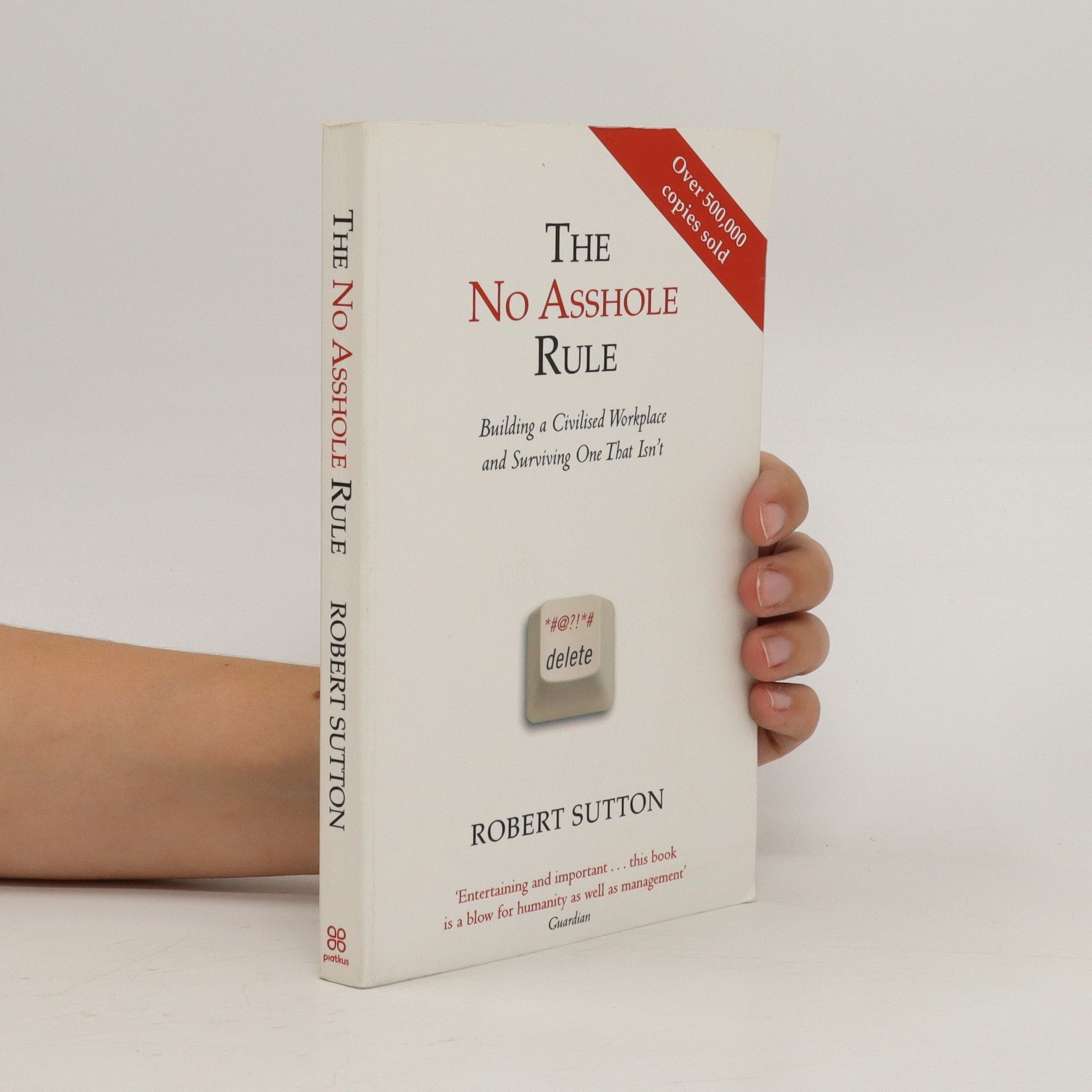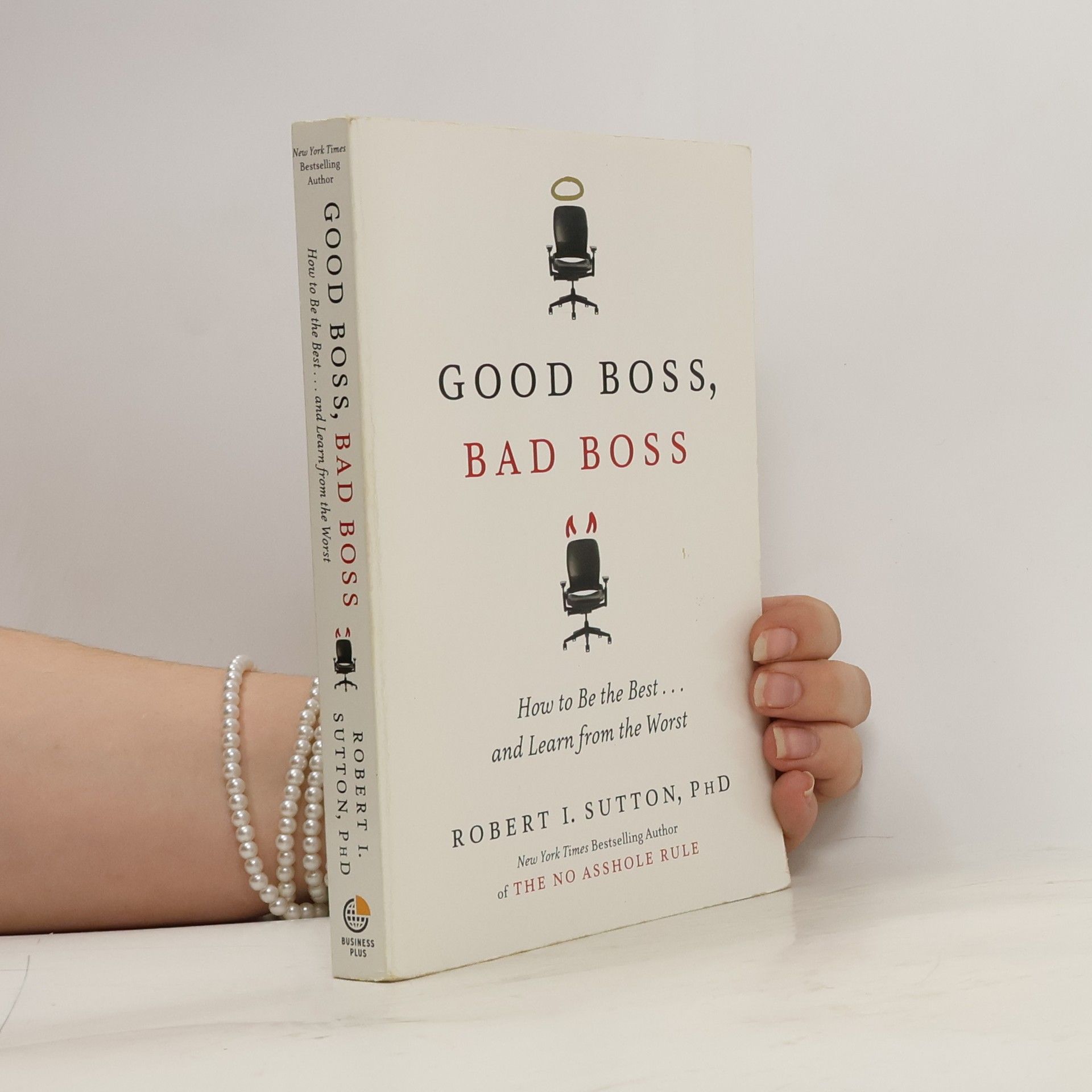Ako prežiť kreténov
- 264 stránok
- 10 hodin čítania
A tiež ako sa nestať jedným z nich. Mám čo do činenia s kreténom (alebo bandou kreténov). Pomoc! Čo mám robiť? Robert Sutton predkladá rady, ako zaobchádzať s ľuďmi, ktorí na ostatných pôsobia tak, že ich systematicky deptajú, urážajú, ponižujú, vysávajú ich a všemožne im otravujú život. Kniha je zameraná na pracovné prostredie, ale jej odporúčania možno rovnako dobre uplatniť pri stretnutí s kreténmi kdekoľvek inde. Môžu byť inšpiráciou, ako sa darebákom každého druhu vyhnúť, ako sa proti nim brániť, ako s nimi bojovať a ako sa ich zbavovať alebo pri najhoršom aspoň ako ich (dočasne) lepšie znášať.






